Category: Forest Restoration
-
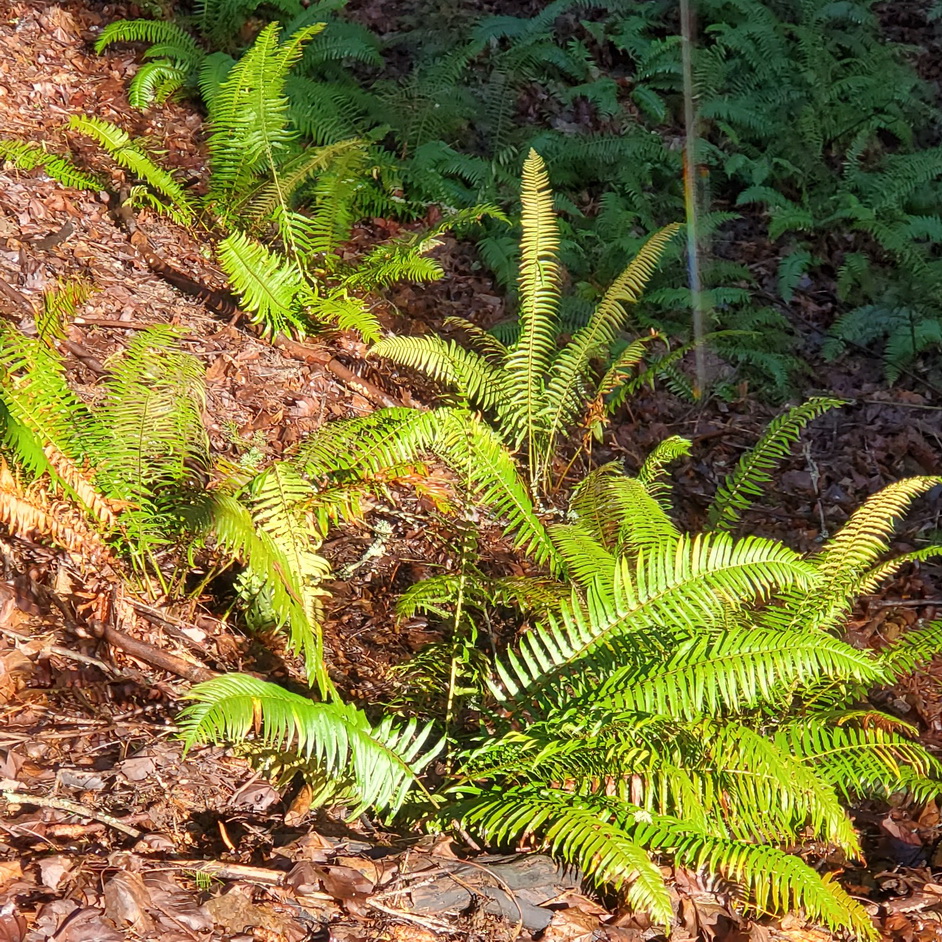
Dividing Sword Ferns (Between Green Blobs)
Honestly, I hadn’t divided Sword Ferns in years, and had only the vaguest recollection of cutting through root masses with a strong, sharp knife. But to my surprise, each of the ferns that I worked with on this day was already “divided.”
-
How Many Backyard Forests Are There in the Puget Sound Region?
I’ve been looking for numbers — how many “backyard forests” are there in the Puget Sound region? Out of the region’s four million plus residents, how many have easy access to a natural forest, either at a nearby park or literally in their own back yards?
-
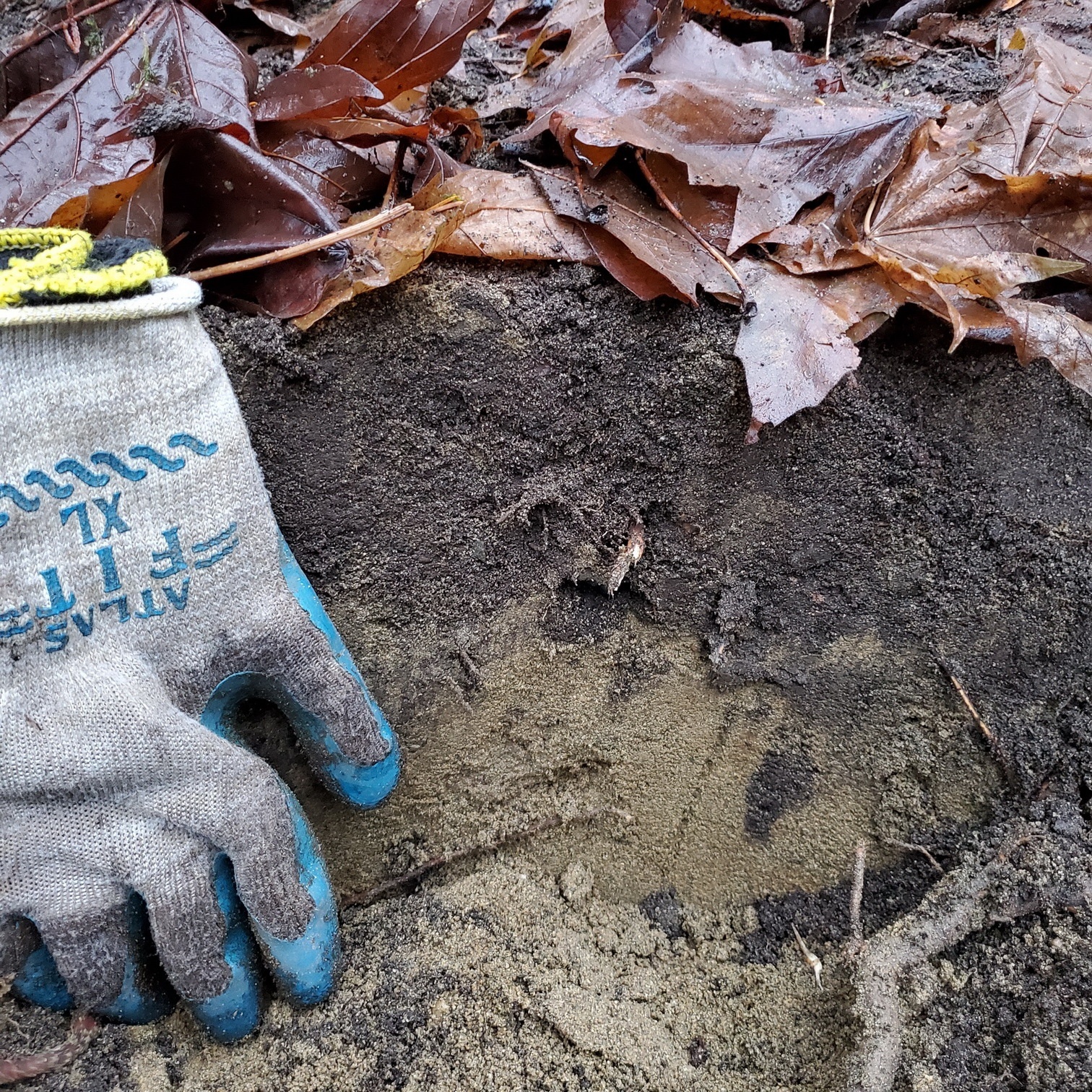
Preserving Topsoil Versus Removing Ivy
Which is more important, preserving topsoil or removing blankets of Ivy? Before, I would have said removing the Ivy, but now I’m not so sure.
-

Evergreens in the Land of Rain
The Douglas Firs, Western Redcedars, and Western Hemlocks are the royalty of the Pacific Northwest forests, and this is their season.
-
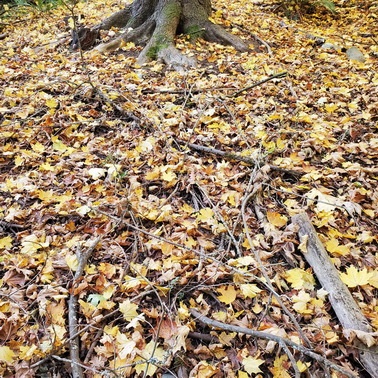
Goodbye Humus
I’ve been working on a blog about humus for several weeks (not the chickpea paste spelled with two “ems” but the “mysterious elixir” in soil). What I learned, to my surprise, was that humus probably never existed in the first place . . .
-
Beneath Our Feet – Microbes that Eat Rocks
scientists added lithotrophic bacteria to crushed rocks and waited 30 months
-

Getting Into Soil
Pause for a moment and ask yourself, what is it about good soil that attracts us?
-
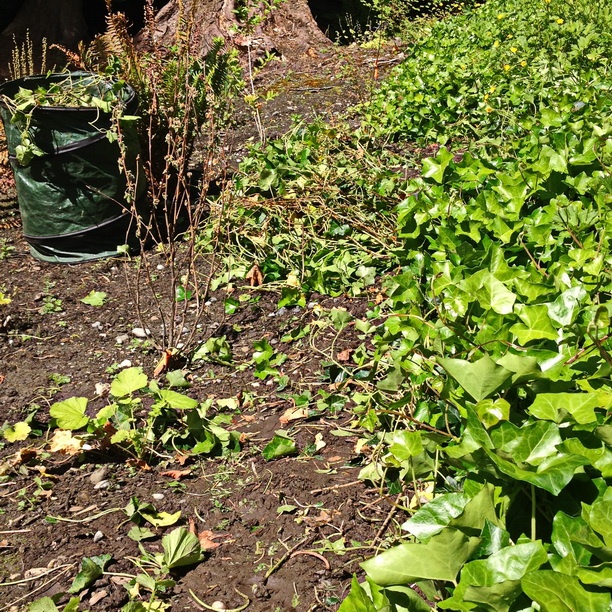
Backyard Singular, then Backyards Plural – My Adventure in Backyard Forest Restoration
My adventure with forest restoration began when we purchased an unremarkable house because we were enchanted by a small year-round creek in the backyard.
-

Norway Maples – Now is the Time
Now is a good time to spot and remove small Norway Maples — their leaves have turned a bright yellow and the ground is soft from rain.
-
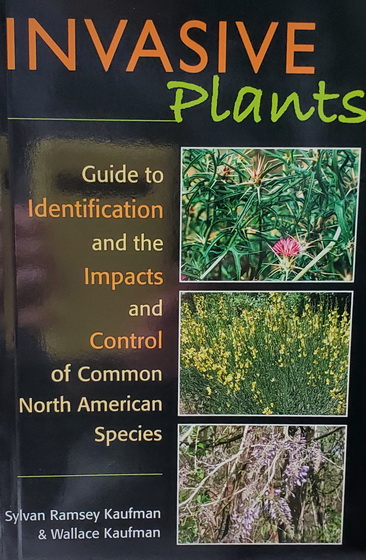
Brief Reviews of Three Books
I’ve been looking for books related to backyard forest restoration in Puget Sound forests and only came up with three . . .
-
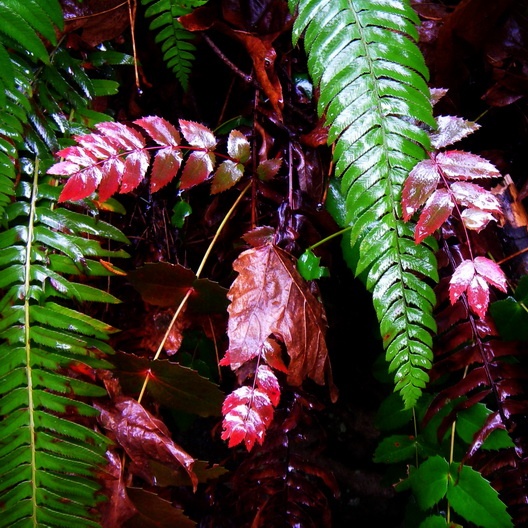
Welcome to the Wet Season
Welcome to the wet season. Now I can focus on removing the highest priority invasive plants
-
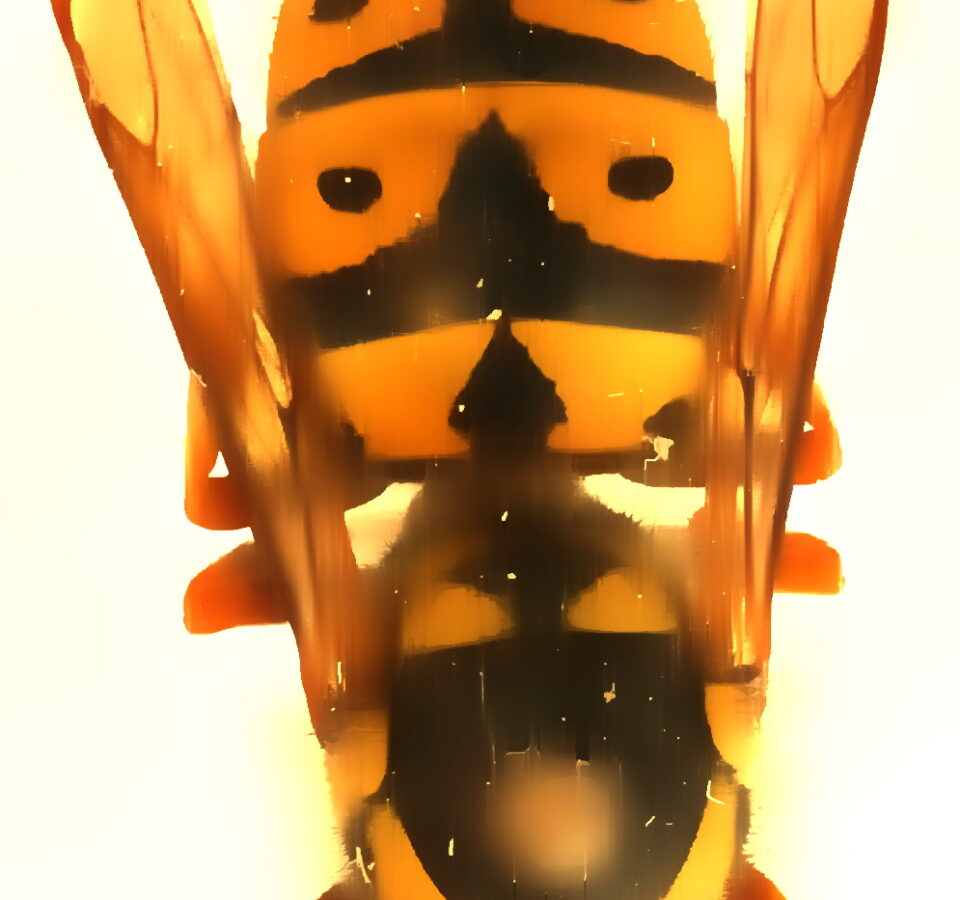
Yellowjacket
I typically only realize I am near a nest when I feel the first sting. Then, I leave the area in haste!
-
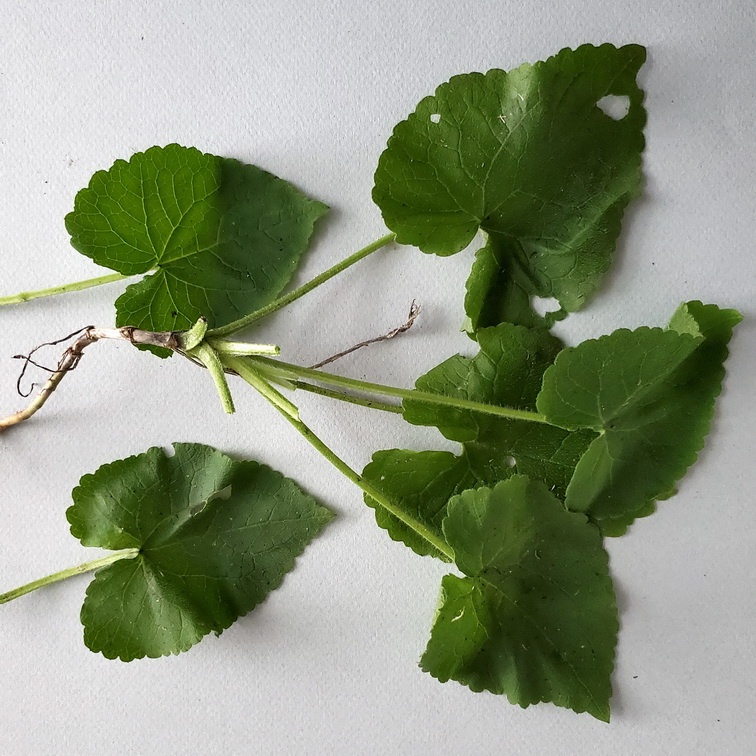
Garlic Mustard or Money Plant? And Does it Matter?
I almost panicked the other day when I found the fall rosette of a plant that I thought might be Garlic Mustard, a Class A noxious weed in the State of Washington and “one of the most serious invaders in forested areas of the northeastern and midwestern United States.” This particular invasive plant might have…
-
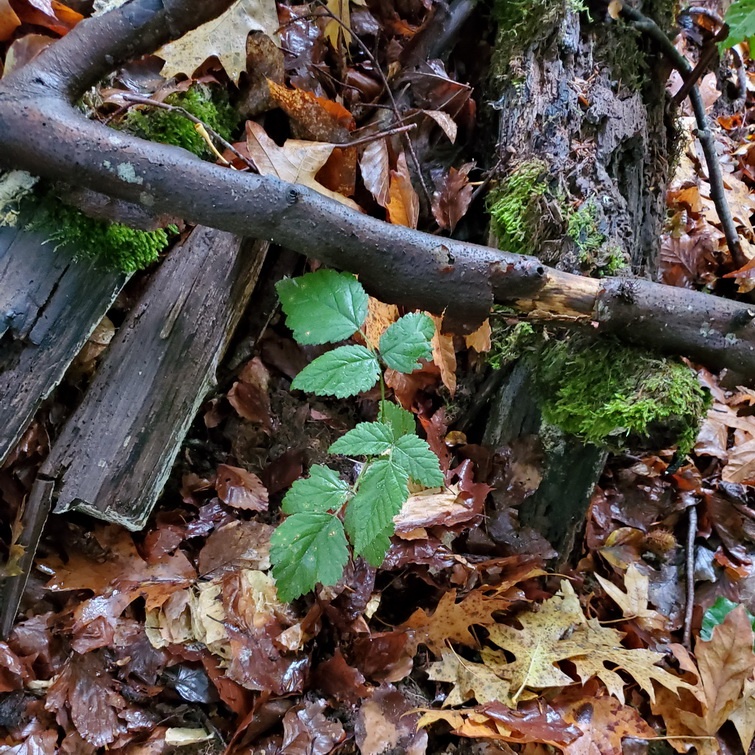
Transplanting a Native Trailing Blackberry
Today, a small Trailing Blackberry was the only native plant growing in a place where I wanted to put a new compost heap, so I decided to move it to another location. It’s a little early to start transplanting since we are still in the transitional period between the dry season and the wet season.…
-
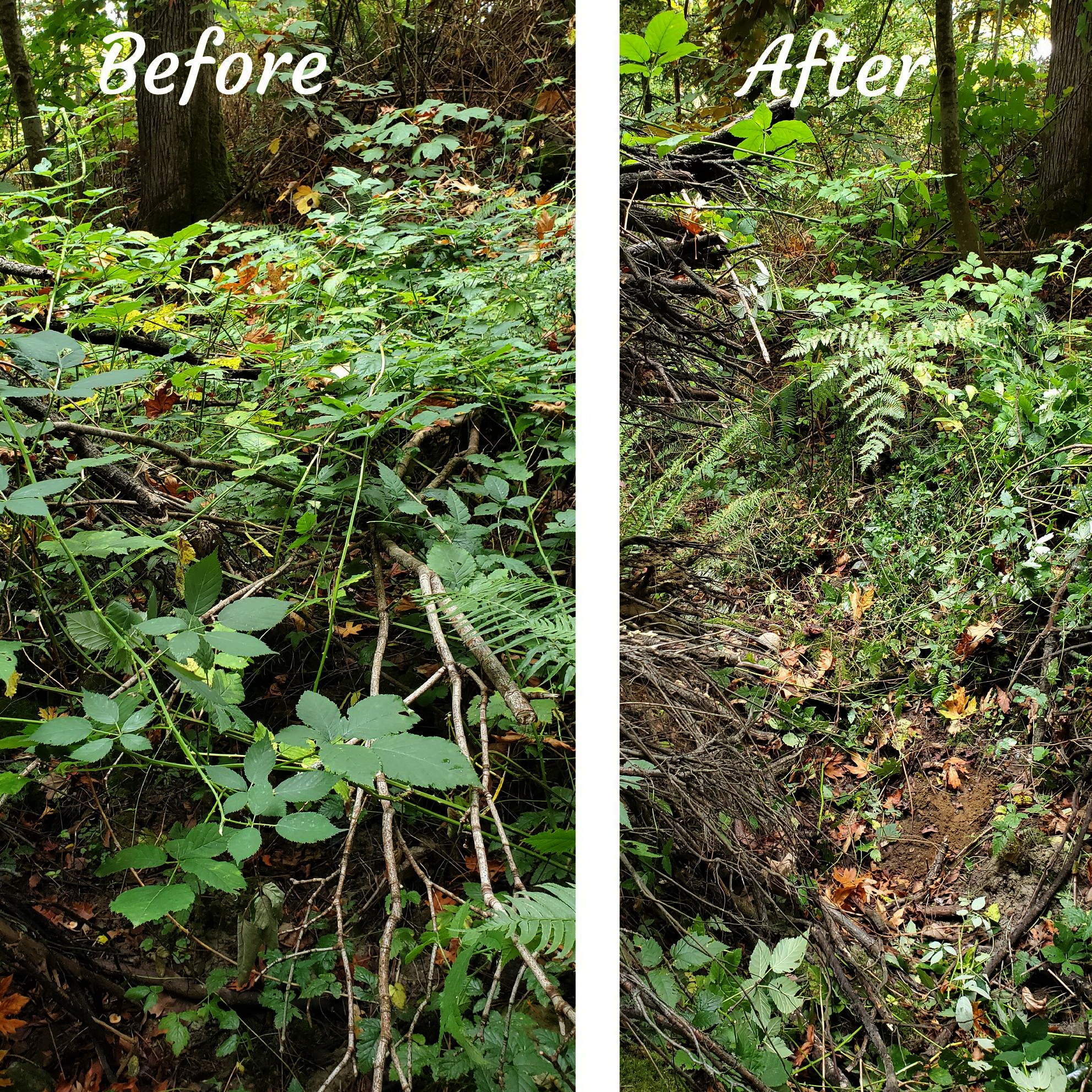
Establishing a Trail to My New Worksite
Such a still morning yesterday, as if the fog had paralyzed all movement. Except for me, groping my way my through a maze of fallen trees and a tangle of invasives that cover the ¾ acre patch of forest I’ve just started to restore. After tripping over the same branches and nearly stepping into the…
-

After a September Rain – A Good Time to Weed a Sunny Edge
We had some good rain in the last few days — a good time to weed a sunny edge.
-
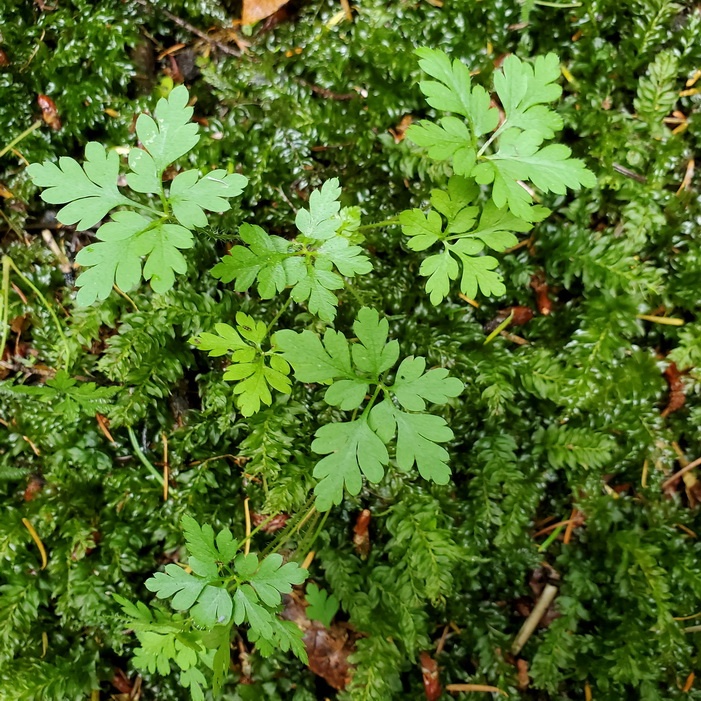
First Year Herb Robert – Part Two
Yesterday I spent an hour removing a patch of first-year Herb Robert that had germinated in a bed of moss.
-
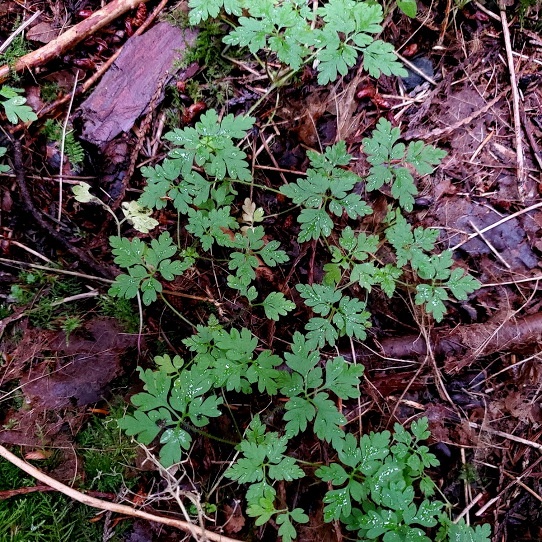
First Year Herb Robert
The dry season can be a good time to remove first-year Herb Robert.
-
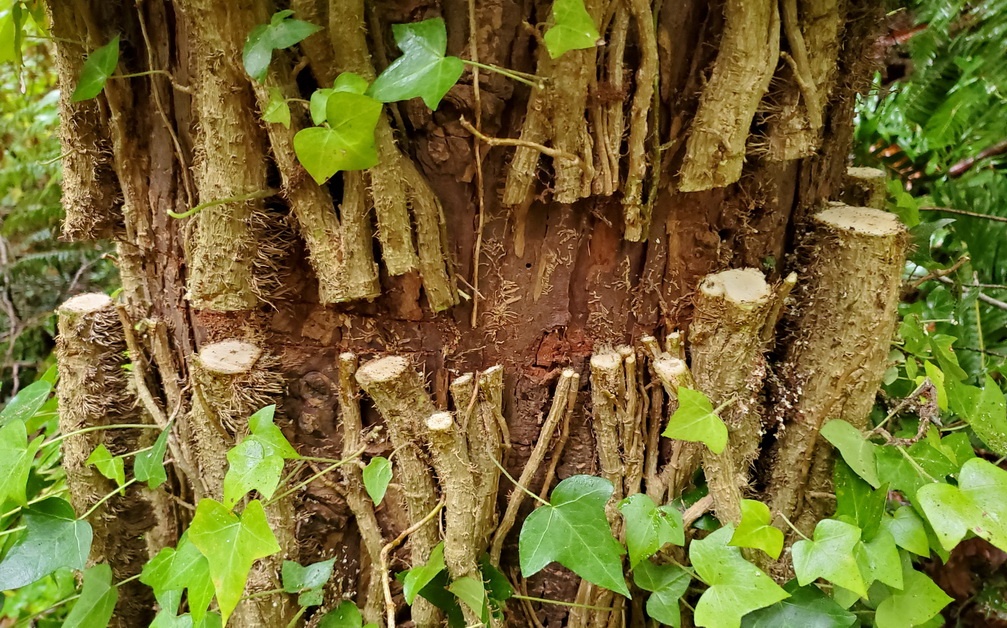
Starting a New Area
The dry season is a good time to get started on a new area.
-

Start with Ivy
Forest restoration in the Puget Sound area starts with the removal of Ivy.